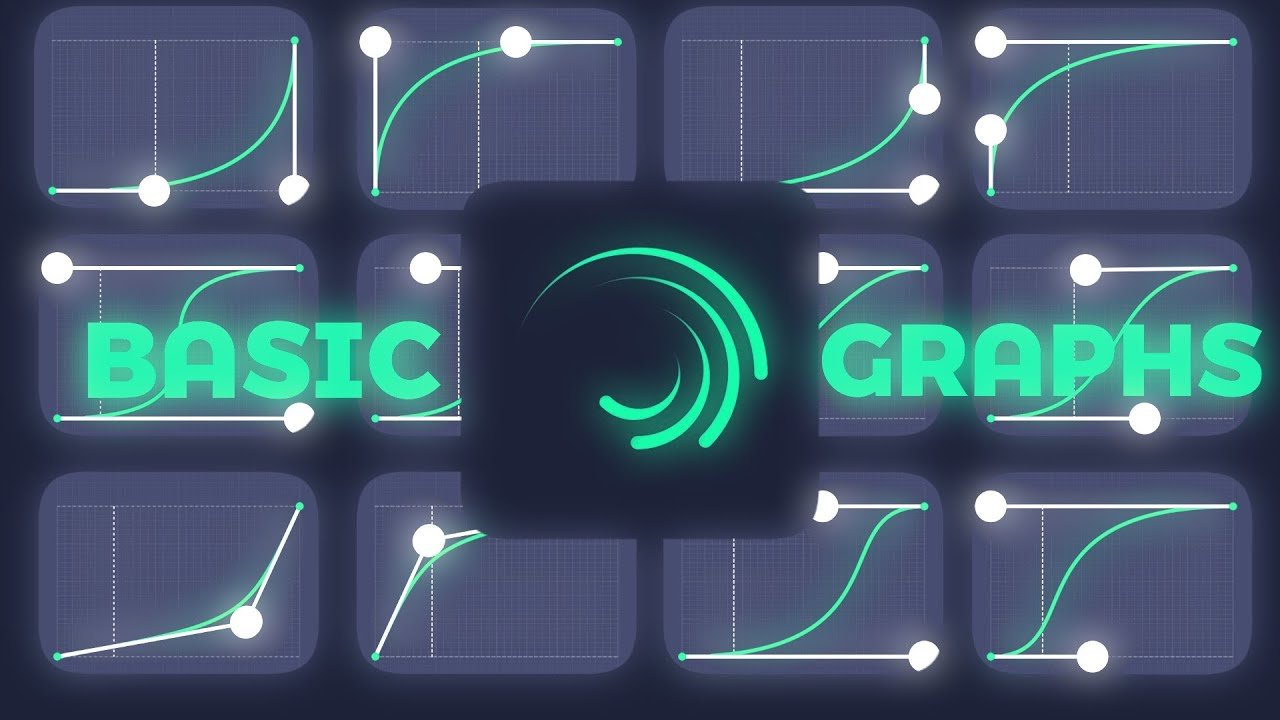Using XML in Alight Motion can significantly enhance your video editing experience by allowing you to import and manage complex animations with ease. You might be wondering exactly how to use XML in Alight Motion. It’s simpler than it sounds—just a few steps to get your animations looking professional. In this guide, we’ll break down the process step-by-step, ensuring you can integrate XML files into your projects effortlessly. Let’s dive in and explore how to use XML in Alight Motion to bring your creative ideas to life.
Table of Contents
- How to Use XML in Alight Motion
- Frequently Asked Questions
- Final Thoughts
How to Use XML in Alight Motion
Alight Motion is a powerful tool for creating amazing animations and motion graphics right from your mobile device. One of the most intriguing aspects of Alight Motion is its ability to use XML files to manage and integrate complex animations, graphics, and effects. If you’re looking to understand how to use Alight Motion for edits, this detailed guide will delve into every aspect of using XML in Alight Motion, making your animation process smoother and more efficient.
Understanding XML in Alight Motion
XML (Extensible Markup Language) is a versatile file format used to store and transport data. In Alight Motion, XML files serve as blueprints for animations and effects, making it easier to share, import, and manage complex graphics projects.
Why Use XML in Alight Motion?
Using XML in Alight Motion offers several benefits:
- Portability: Easily share projects with others or move them between devices.
- Complexity Management: Handle intricate animations and effects with ease.
- Customization: Fine-tune animations and effects at a granular level.
Getting Started with XML in Alight Motion
To begin using XML in Alight Motion, follow these simple steps:
Exporting XML from Alight Motion
1. Start the app and load the project you want to export.
2. Tap on the ‘Export’ button.
3. Choose ‘XML’ from the list of available formats.
4. Save the XML file to your preferred location.
Importing XML into Alight Motion
1. Open Alight Motion. Launch the app.
2. Tap on the ‘Import’ button and select ‘XML’ from the available options.
3. Navigate to where you saved the XML file and select it.
4. The project will load into Alight Motion, ready for editing.
Creating and Editing XML Files
Creating your own XML files requires a basic understanding of XML syntax. An XML file consists of elements enclosed in tags, with attributes providing additional information.
Basic Structure of an XML File
Here is an example of a simple XML file:
xml
Hello World
24
#FF0000
Customizing XML for Alight Motion
To customize your animation, you may need to edit various elements within the XML file. Here are some common elements you might work with:
- Layer: Defines different elements in your animation (e.g., text, shapes).
- TextContent: Sets the text displayed in a text layer.
- FontSize: Adjusts the size of the text.
- Color: Changes the color of the text or shape.
- Position: Sets the position of elements within the frame.
- Animation: Defines keyframes and animations for elements.
Working with Animations and Keyframes
Animations and keyframes are vital components of any motion graphics project. Understanding how to manipulate them within an XML file can greatly enhance your Alight Motion projects.
Defining Keyframes in XML
Keyframes mark important points in your animation where you change the properties of an element. In XML, you define keyframes within the “ element.
xml
In this example, the position of an element changes from (0,0) to (100,100) over 1 second.
Animating Properties
You can animate various properties such as position, rotation, scale, and opacity. Here’s an example of animating the opacity of a layer:
xml
Rectangle
#0000FF
This script changes the opacity of a rectangle from 0 to 1 over 2 seconds.
Utilizing XML for Advanced Effects
Alight Motion allows for the creation of advanced effects that can be easily managed using XML.
Applying Filters and Effects
You can apply filters and effects to your layers by defining them within the XML.
xml
path/to/your/image.png
10
In this example, a blur effect with a radius of 10 is applied to an image layer.
Layer Hierarchies and Grouping
Managing complex projects often requires the use of layer hierarchies and grouping. XML allows you to define these relationships easily.
xml
First Layer
Circle
#00FF00
In this script, a text layer and a shape layer (a green circle) are grouped together.
Tips for Efficient XML Editing
Editing XML can be daunting, but these tips can help streamline the process:
- Use an XML Editor: Tools like Notepad++ or VS Code offer syntax highlighting and error checking.
- Keep It Structured: Use indentation and line breaks to keep your XML files readable.
- Validate Your XML: Ensure your XML is well-formed and valid to avoid import errors.
- Comment Your Code: Use comments to annotate sections of your XML for better understanding.
Common Troubleshooting Tips
Even seasoned XML users encounter issues. Here are some common problems and their solutions:
Import Errors
If you encounter errors while importing XML files into Alight Motion, check for:
- Syntax Errors: Ensure all tags are properly closed.
- File Path Issues: Verify that all file paths (e.g., images) are correct.
Animation Issues
If your animations aren’t working as expected:
- Keyframe Errors: Ensure all keyframes are correctly defined.
- Property Mistakes: Verify that you’re animating the correct properties.
By following these comprehensive guidelines, you can leverage the full power of XML in Alight Motion to create and manage intricate animations and effects with ease.
Frequently Asked Questions
Can I edit the XML file after importing it into Alight Motion?
Once you import an XML file into Alight Motion, you can edit the content within the app’s interface. However, changes to the original XML file outside the app won’t automatically update in your project. If you need to make significant adjustments, you might find it easier to edit the original XML file and re-import it into the project.
What should I do if the XML file doesn’t import correctly?
If your XML file doesn’t import correctly, first check the file for errors or incompatibilities with Alight Motion. Ensure the XML structure adheres to the app’s required format. If the file appears correct, try restarting the app or your device. For persistent issues, refer to the app’s support resources or community forums for specific troubleshooting steps.
Are there any limitations when using XML in Alight Motion?
While XML files provide a flexible way to import and manage data, there might be limitations regarding the complexity and size of XML files Alight Motion can handle. Large XML files with intricate structures may cause performance issues or fail to import. Keep your XML files optimized and as streamlined as possible to ensure smooth integration and functionality within the app.
Final Thoughts
To effectively use XML in Alight Motion, start by importing your XML files into the app. Ensure the files are compatible and properly formatted. Next, customize the animations and settings to fit your project’s needs. Remember to save your work frequently to prevent any data loss. Experiment with different XML presets to find the best fit for your creative vision. Using XML in Alight Motion can significantly enhance your animation projects by providing detailed control over various elements.



